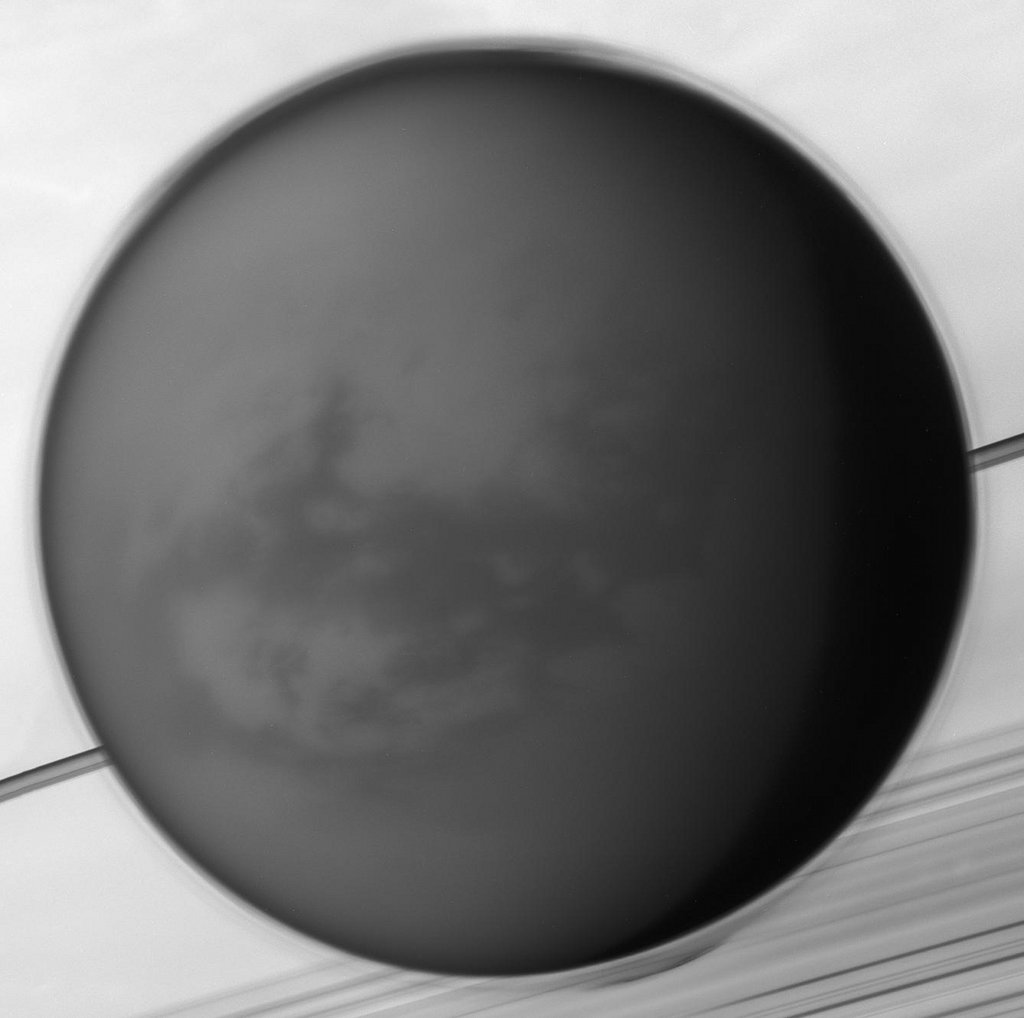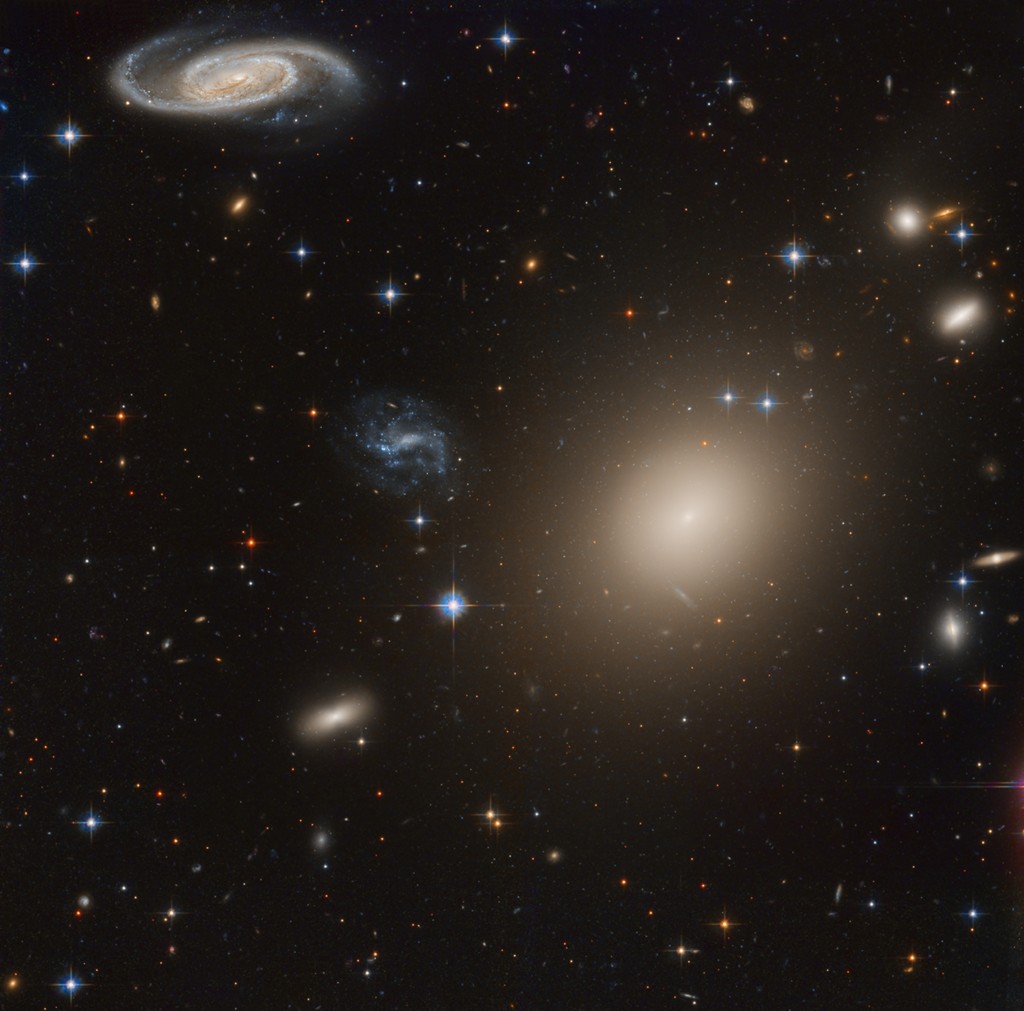
Coronal Rain on the Sun


The following is a statement from NASA Administrator Jim Bridenstine on the passing of Apollo and Skylab astronaut Alan Bean:
from NASA https://ift.tt/2krmxX9
via IFTTT![]()
The following is an obituary article released on the behalf of Alan Bean’s family:
from NASA https://ift.tt/2xpgJab
via IFTTT![]()

NASA has selected 304 proposals from U.S. small businesses to advance research and technology in Phase I of its 2018 Small Business Innovation Research (SBIR) program and 44 proposals for the Small Business Technology Transfer (STTR) program, totaling $43.5 million in awards.
from NASA https://ift.tt/2sd1jzH
via IFTTT![]()
NASA has exercised options under the Rapid Spacecraft Acquisition III (Rapid III) contract for two additional Joint Polar Satellite System (JPSS) spacecraft to be built for the National Oceanic and Atmospheric Administration (NOAA).
from NASA https://ift.tt/2IOCKAr
via IFTTT![]()

The following is a statement from NASA Administrator Jim Bridenstine on Thursday’s signing of Space Policy Directive-2 by President Donald Trump:
from NASA https://ift.tt/2IMvt3W
via IFTTT![]()
NASA astronauts Christina Hammock Koch and Andrew Morgan have been assigned to spaceflights scheduled to launch in 2019. Both Koch and Morgan were selected as NASA astronauts in 2013.
from NASA https://ift.tt/2GLfilq
via IFTTT![]()